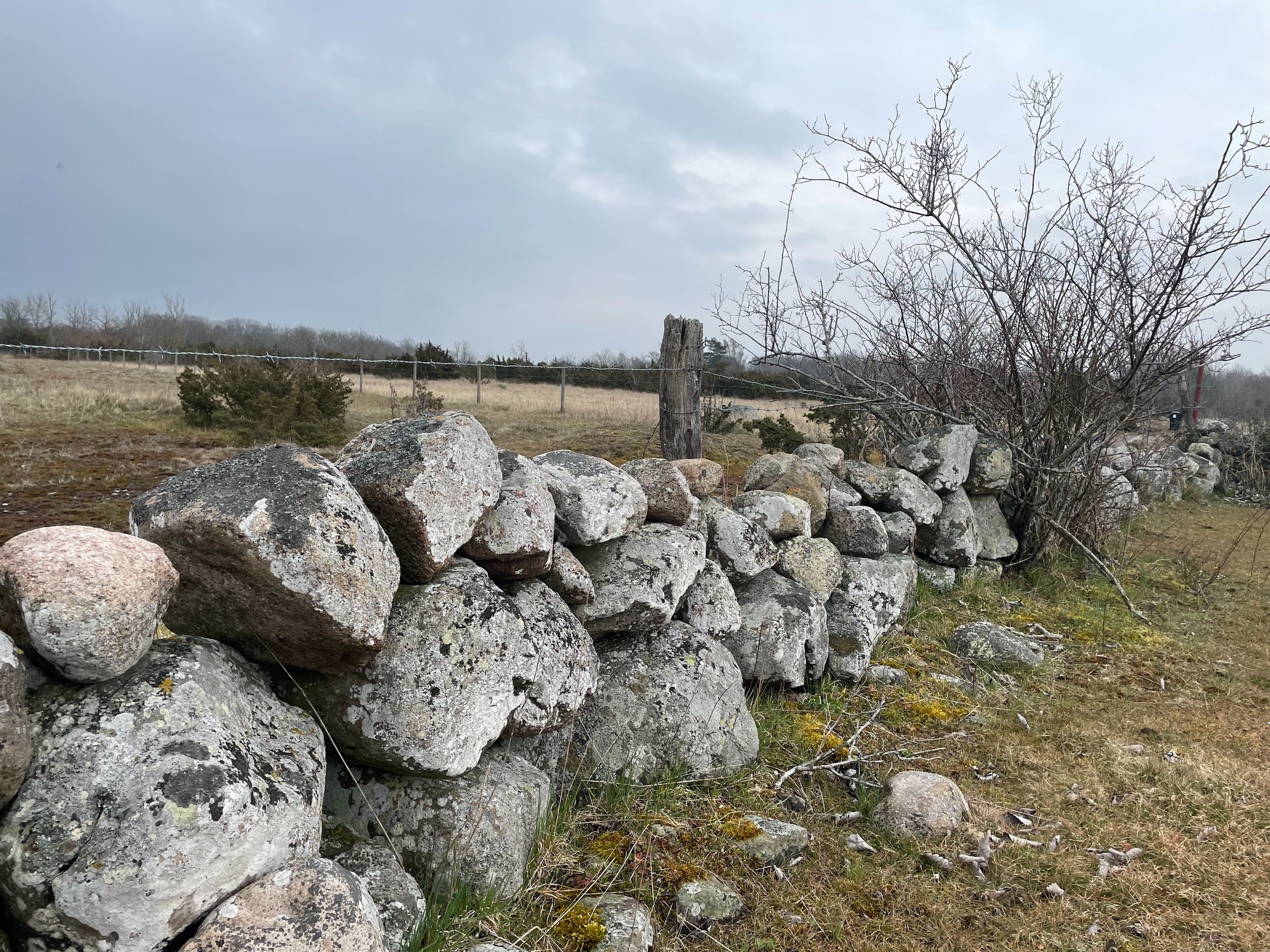More Than a Bench
More Than a Bench targets Global Goals:
11: Making urban spaces inclusive, resilient, and sustainable
12.5: Reducing waste
15.5: Adding porous habitats to preserve and protect species in urban environments

The bench is designed to accommodate more than humans in an urban environment. It is produced from waste material to minimize the waste stream from the concrete industry. The project was developed in collaboration with Heidelberg Materials and their factory in Vislanda during the spring of 2022.
Research
This project covers several areas of research with the intention of providing a holistic design proposal.
Inspiration was drawn from the protected stone wall on Öland. The materials used include both crushed leftover concrete blocks and leftover castable concrete
The research includes:
The architectural trend of brown and green rooftops. This type of environment provides porous habitat and nutrition for wildlife.
Rock walls as protected biosphere (if it boarders agricultural land).
Species who inhabit rocky environments. There is at least 45 species of bees and 40 species of bumble bees that nests under rocks or in stonewalls.
Concrete as an important construction material but with a heavy impact on the environment and climate.
Process
Supporting the research, the design process began with tests involving casting and incorporating landfill materials to create voids in the structure. Developing a casting technique that provided sufficient space for plants and animals became essential. I also experimented with different shape iterations while maintaining a focus on cavities. In the final design, crushed leftover concrete is used to create cavities. These leftovers are otherwise sold as road fill, resulting in a financial loss for the company.






The first bench makes it out of the casting mold.
Result
More than a Bench is the result of a holistic design process where industry waste is used to accommodate both humans and more-than-humans in an urban setting. The physical appearance of the bench can also be read as broken, which opens up discussion and education around the ecology in our cities.




